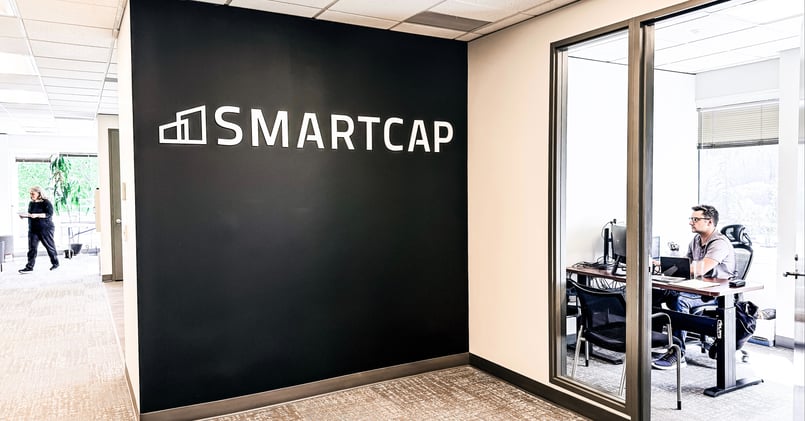
What is Unrelated Business Income Tax (UBIT)?
Unrelated Business Income Tax (UBIT) in the U.S. Internal Revenue Code is the tax on unrelated business income, which comes from an activity engaged in by a tax-exempt 26 USCA 501 organization that is not related to the tax-exempt purpose of that organization.
“Unrelated business income” is income from a trade or business, regularly carried on (showing frequency and continuity), that is not substantially related to the purpose of a retirement account.
The Unrelated Business Income Tax (UBIT) was created by the congress to level the playing field for businesses established under the umbrella of a tax-exempt entity, not to have a competitive advantage over other businesses outside of a retirement plan. Both should shoulder their tax responsibility, and adhere to other necessary self-directed IRA rules.
We provide frequently asked questions about UBIT below:
How do I know if my investment owes UBIT?
All IRAs that own businesses or leverage an investment by having the IRA borrow to purchase an investment (e.g., partnerships, LLCs and any investment that is involved in unrelated business) are subject to the UBTI laws. However, certain incomes from investments, such as rents, royalties and gains from the sale of a property owned by an IRA outright, are exempt from UBIT.
UBIT applies for the following scenarios:
- If the business is a partnered, is an LLC or any investment that is involved in an unrelated business
- Income for the business is gained from sales or services from the business
- Transactions or activity for the business is not related to exempt status
- If the business is regularly carried on by organization
Is the UBIT paid out of the IRA or by the account holder?
The tax is owed by the IRA, not by you as the account holder since it’s the IRA that holds and owns the investment. Therefore the tax is paid using IRA funds and not from personal funds. The UBIT tax is determined using trust tax rates which are much higher than personal tax rates. If there is not enough cash in the IRA to pay the tax, you can transfer or rollover money from other retirement plans into the IRA, you can sell investments or make a contribution. If you personally pay the UBIT out of your own pocket, the IRS considers it as a contribution.
Here are examples:
Scenario #1 – An IRA account has $1,000 or more of gross income from a trade or business. The income derived from this business is subject to UBTI. The IRA using its own Federal Tax Identification Number (EID) will need to file an IRS Form 990-T to report its taxable income.
Scenario #2 - If your IRA invests through a partnership or LLC, be clear about who files the Form 990-T. Tax forms for the partnership or LLC do not replace Form 990-T requirements. The IRA will receive an IRS Form 1065 also known as a K-1 from the partnership. Income on the K-1 that is derived from a trade or business and not passive such as rents, royalties, dividends or interest will be subject to UBTI. The IRS Form 990-T must be filed by the IRA to report any taxable income. The IRA will need its own EIN for the IRS Form 990-T to report its taxable income. Do not use your personal social security number.
What is Unrelated Debt-Financed Income (UDFI)?
Unrelated Debt-Financed Income (UDFI) is generated when an IRA borrows money to purchase real estate. UDFI is the result of Acquisition Indebtedness (see below) on the portion the IRA investment purchased using a loan. Having UDFI also will require filing an IRS Form 990-T.
What is Acquisition Indebtedness?
If your IRA acquired a debt as a means to purchase an investment such as property, the IRA is considered to have "acquisition indebtedness".
If your IRA borrows money to purchase a rental property, the percentage of debt compared to the value of the property will be applied to the income generated by the property (after expenses are deducted, of course) to determine how much of the income is taxable. The acquisition indebtedness is taxed because, without the loan, the IRA would not have been able to purchase the property.
Here’s an example: An IRA purchases an apartment complex for $200,000 using a loan to pay 50 percent of the purchase price ($100,000.) Thus, 50 percent of the net income of the rental property that is part of the acquisition indebtedness will be subject to tax, if the amount is greater than $1,000. The percentage of the property under indebtedness will determine the amount of net income received from the property that will be taxed until the loan is paid in full.
See IRS publication 598 which explains more about this topic.
To read a case study and more information on calculating UDFI, read Understanding UBIT and UDFI. Be sure to speak with a financial professional if you are considering an investment that may be subject to UBIT.
Frequently Asked Questions
A: Unrelated Business Income Tax (UBIT) is the tax imposed on activities/trades/business that aren’t related to the tax purposes of the organization. UBIT is calculated by the volume of unrelated trades or business conducted by the company. An exempt business with more than $1000 gross income of unrelated business must file Form 990-T with the IRS.
A: Dividends, certain rental income, interest, royalties, gains/losses from the disposition of property, and certain income from research activities are excluded when calculating UBIT.
A: Unrelated Debt Financed Income (UDFI) is generated when an IRA borrows money to purchase real estate. UDFI also requires the account holder to file Form 990-T with the IRS, similarly to UBIT.
About the author:
The Entrust Group: https://www.theentrustgroup.com/self-directed-iras/rules/ubit-udfi
TAGS: Real Estate Education
